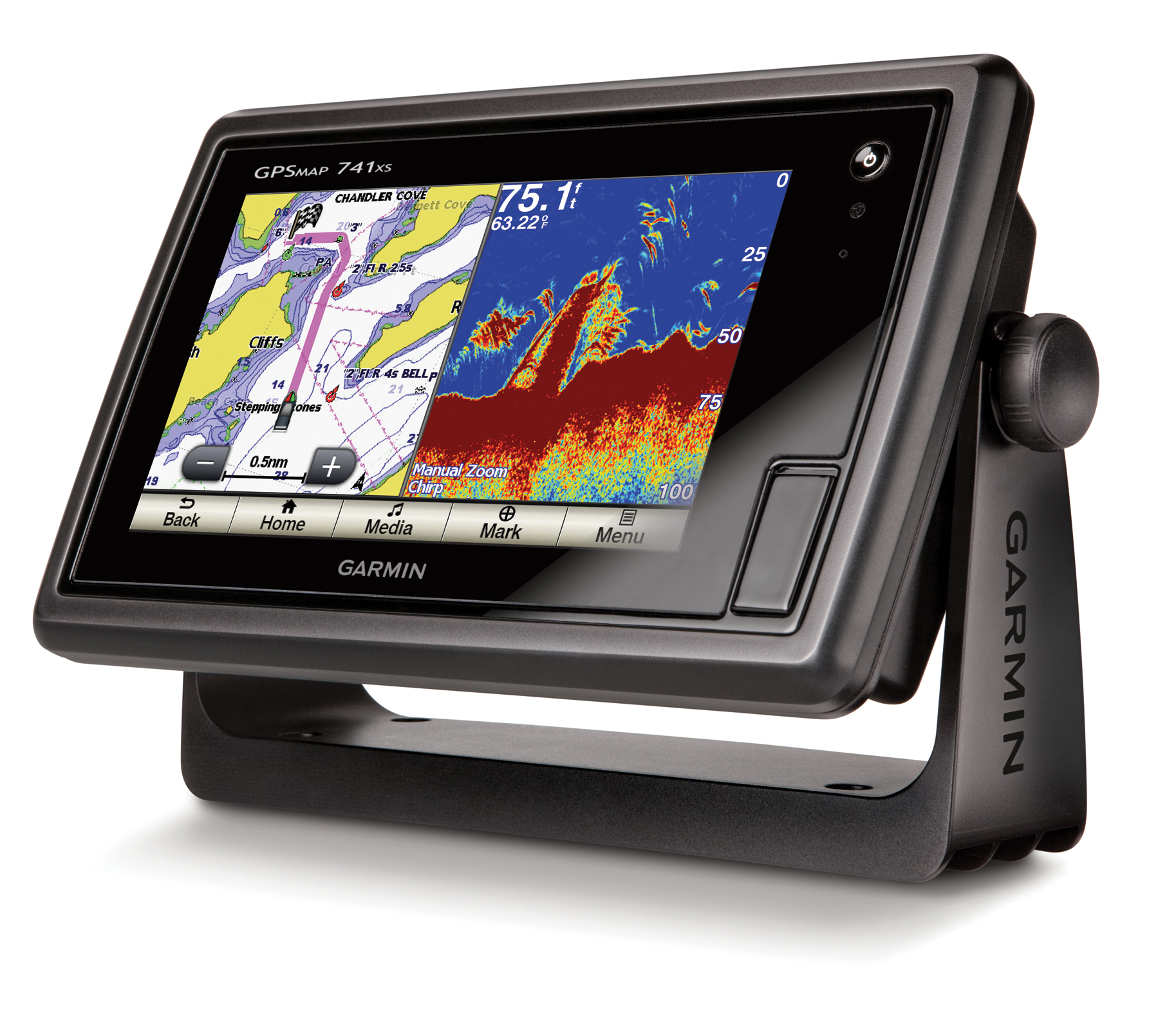
The author, Joe Kent, with a bontio (false albacore) in 1973.
The evolution of electronics for recreational boats
By Capt. Joe Kent
Not long ago I upgraded the electronics on my offshore boat and while browsing around the marine supply store my mind wandered back to when this ancient mariner began his passion for fishing and owned his first boat.
While only the old salts are going to relate to this trip down memory lane, younger mariners should find the evolution interesting and ask how we managed on such primitive equipment.
The focus of this article is on boaters with smaller seaworthy vessels and not the larger ones in lengths beginning around 30 feet.
In the early 1960s when my boating started, most boats not considered cabin cruisers or yachts had only a compass for navigation. In fact, a large number of the big boys used only compasses for navigation at the time.

Ray-Jefferson Model 410 Marine Radiotelephone
Marine UHF ship-to-shore radios were part of the essentials of larger boats; however, the smaller guys could not handle their size or electrical requirements, much less the cost. Soon, the smaller VHS marine radio became popular; however, the price still was out of line for the smaller guys with limited budgets.
I recall in the early 1970s contemplating the purchase of a VHF radio for my 19-foot boat that I used occasionally for offshore fishing. When comparing the price of that to a smaller horsepower back-up outboard engine, I chose the outboard as it was about the same price.

1959 Ray Jefferson model 635 Transceiver
When the VHFs started taking over, an economical alternative became popular with the mosquito fleet and that was the Citizen Band Radio or CBs, as they were called. CBs were affordable, easy to install and worked off of a 12-volt battery.
While the Coast Guard did not monitor CBs, a boat in distress could usually make contact with another boat, often a shrimp boat that would either come to the rescue or call the Coast Guard on their ship-to-shore radio.
CBs were popular among shrimpers and commercial fishermen as they could carry on endless conversations with each other without tying up the limited frequencies on the marine radios.
Early on, depth indicators or sonars were popular among the well-to-do boaters; however, they still were a bit expensive for the smaller guys. During the 1970s lesser expensive models began hitting the market and more and more of the smaller boats started installing depth indicators.
While marine electronics for communication, distress and a few other needs were being refined and upgraded, the compass was still the main instrument used for navigation.
That began changing in the 1970s with the introduction of the Long Range Navigation System known as LORANs to the recreational boating market. Like most first runs of a product, LORANs were not affordable to the smaller boating crowd. Soon that changed and about that time, a more sophisticated form of navigation was hitting the market and that was the Global Positioning System known as GPS.
Boaters that had invested in
LORANs were taken back when it was announced that the GPS system was taking over and that the U.S. Government’s maintenance of LORAN land stations (transmitters) would be phased out.
Early GPS systems were expensive; however, like all other trends in electronics, the prices gradually creeped down.

Electronics like the Garmin® GPSMAP® 500 and 700 Series Chartplotter and combo units are a far cry from marine electronics of the 1970s.
From the mid-1980s on, a revolution of new marine electronics hit the market including sophisticated fish finders, depth charts, chart plotters and combo packages. Typically, when first introduced the prices were much higher than after waiting a few years to make the purchase.
The shopping trip that triggered this article was for new electronics for my 25-foot boat that I use largely for offshore fishing. The package included radar and a chart plotter that had a GPS, water temperature gauge and weather alert built in.
Back in the early days, about the only one of those available was the radar and those systems were limited to just the larger boats whose owners had the finances to afford them.
Wow, how boating has changed over the years. Today, boaters look upon most of the items described above as essentials; however, back when I started, the compass was the only item considered necessary.


